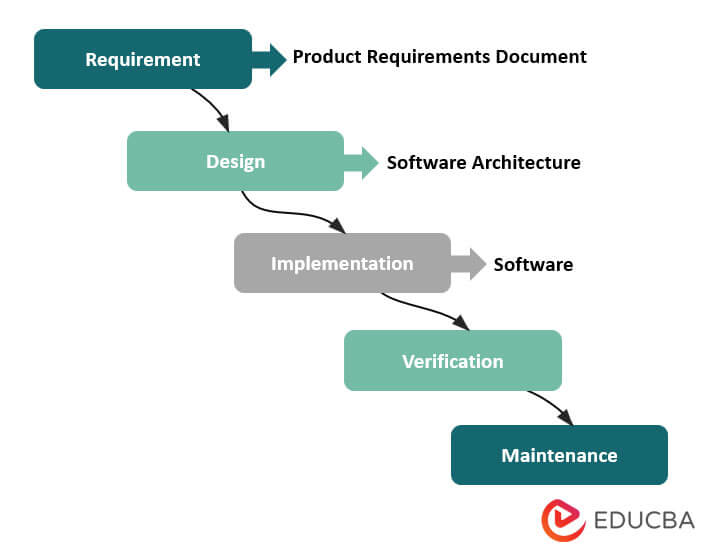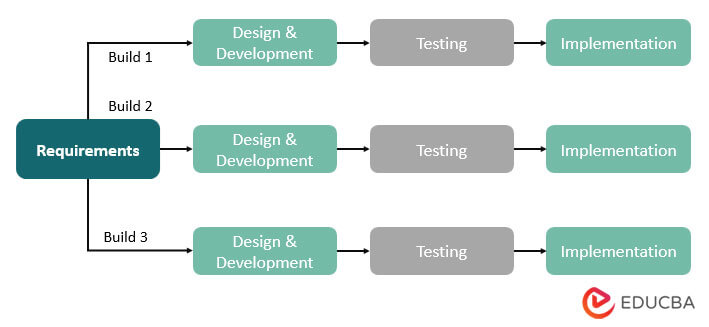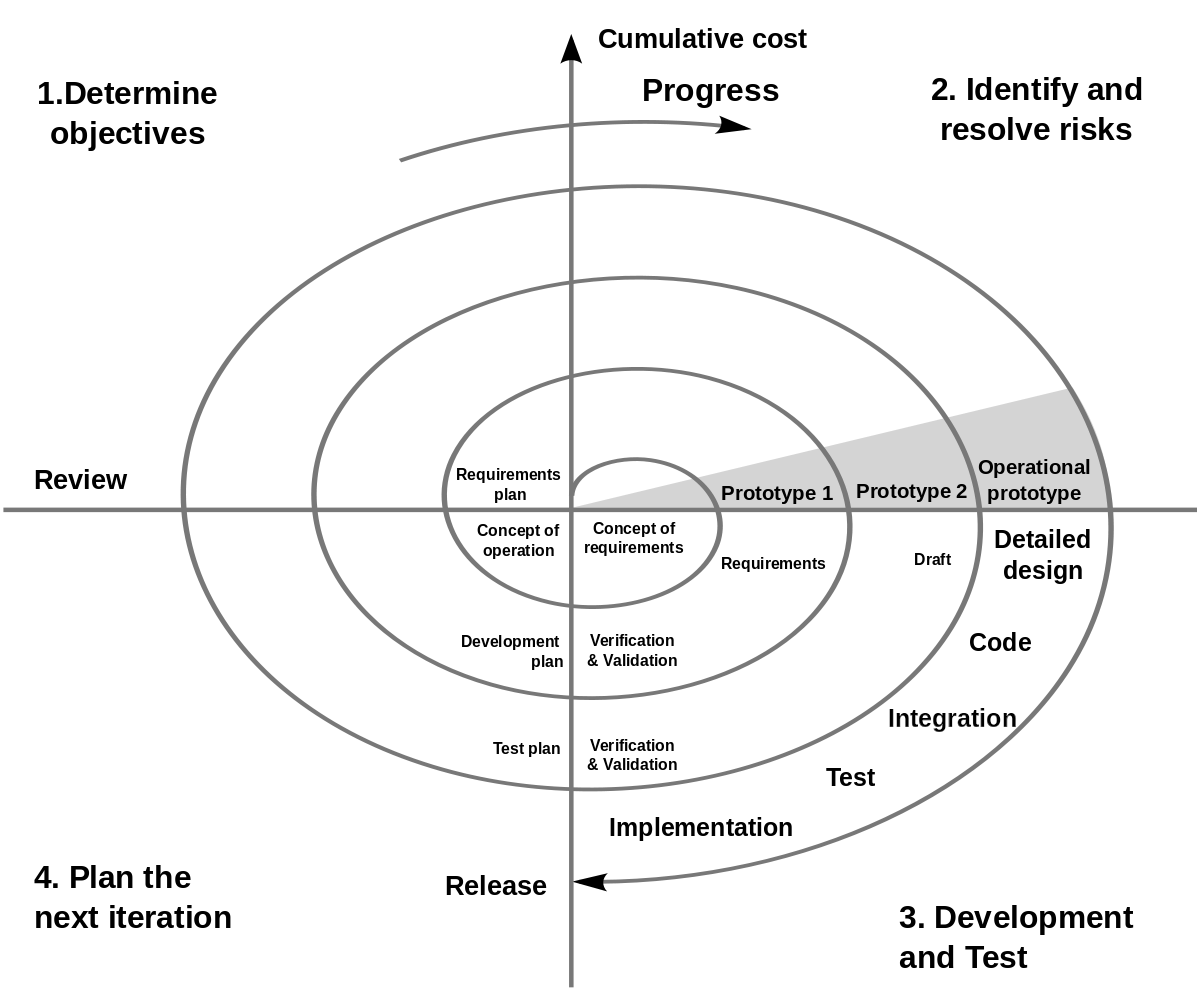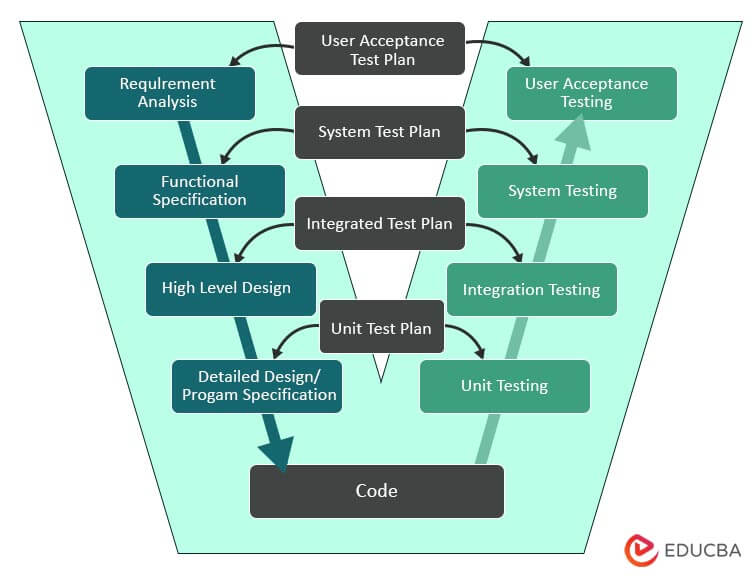Updated March 28, 2023
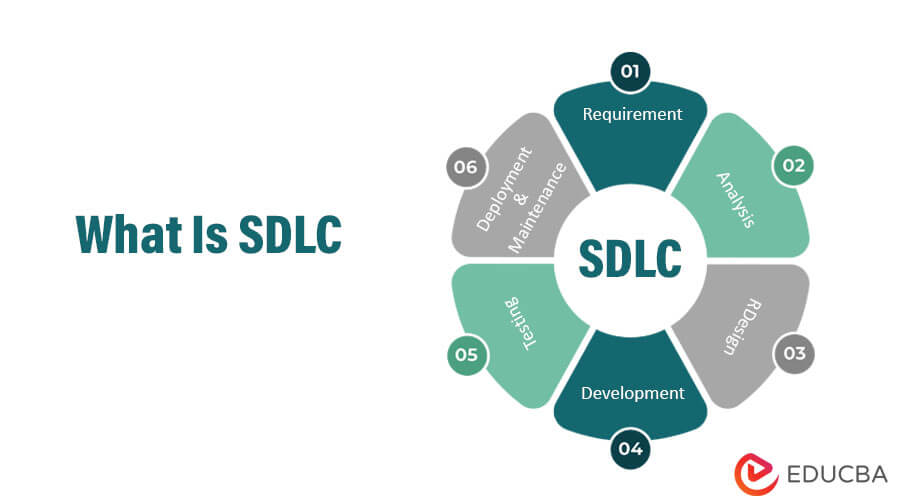
Introduction to SDLC
SDLC, or Software Development Life Cycle, is a systematic approach to planning, creating, testing, and deploying software. It involves performing different tasks at each stage of the software development process to ensure that the software undergoes development correctly. The different phases of SDLC include planning, requirements, design, development, testing, deployment, and maintenance.
Several SDLC models exist, including the waterfall model, spiral model, V-shaped model, iterative model, big bang model, and agile model. The use of SDLC enables programmers to work concurrently and evaluate each part of the software development process effectively. It is important to note that SDLC is a process and not a technique.
Types of Phases in SDLC
There are various phases in the Software Development Life Cycle (SDLC), which are as follows:
- Requirement Phase
- Analysis Phase
- Design Phase
- Development Phase
- Testing Phase
- Deployment & Maintenance Phase
1. Requirement Phase
The Requirement Phase is the initial and crucial step in the Software Development Life Cycle. It involves gathering requirements from customers or clients, which is usually handled by Business Analysts. They interact with clients, schedule daily meetings, document requirements in Business Requirement Specifications (or Simple Business Specification), and deliver the final documented requirement to the development team. It is the Business Analysts’ responsibility to ensure accurate documentation and capturing of all details, and that everyone understands the client’s requirements.
2. Analysis Phase
After the completion of the Requirement Gathering phase, the next step is to analyze the requirements and get the approval from the customer/clients. One achieves this through Software Requirement Specification (SRS), which includes all the requirements gathered and developed during the Requirements Gathering phase. This phase is primarily conducted by Project Managers, Business Analysts, and Consultants.
3. Design Phase
Once the Analysis Phase is over, the team needs to come up with the most accurate, robust, efficient, and cost-effective architecture for the product that needs to be developed. During this phase, the team proposes more than one design, and they select the best one based on various parameters such as robustness, durability, timeline, cost-effectiveness, and others. The different design architectures are typically documented in the Design Document Specification (DDS).
This phase consists of two design approaches:
- Low-Level Design: Senior Developers specify the function of each module of the product architecture that needs to be developed.
- High-Level Design: Architects/Senior Architects design different possible architectures of the product that needs to be developed.
4. Development Phase
During the Development Phase, the programming languages and different frameworks come into use for the actual implementation of the product. The developers must follow predefined coding standards and guidelines, as well as complete project modules within the defined deadline. This phase is the longest and one of the most critical in the Software Development Life Cycle. This phase is documented as a Source Code Document (SCD).
5. Testing Phase
Once the Development phase is complete, the next step is to test the software thoroughly. The testing team receives the developed software, where Software Testers and Quality Analysts conduct various tests to detect defects. Upon finding any defects, the testing team documents and reports them to the development team for error removal. The testing team ensures that each component of the software is error-free and works as expected.
6. Deployment and Maintenance Phase
After the testing phase is complete, the first version of the software is deployed and delivered to the customer for use. As a large group of end-users use the software, there is a possibility of missed boundary cases that result in bugs. The bugs undergo fixation during this phase. There is also scope for upgrading the software with newer versions and implementing the latest security patches and technologies. Additionally, one can enhance the software by adding more features to the existing software.
Popular SDLC Models
There are many different SDLC Models for implementation in the software development process. The most important and popular ones are:
- Waterfall Model
- Iterative Model
- Spiral Model
- V-Model
1. Waterfall Model
In the Waterfall Model, the whole process of Software Development divides into phases, where the output of one phase acts as the input to the next phase. The next phase begins only after the completion of the previous phase.
2. Iterative Model
This model starts with a smaller set of requirements, and it does not need the full context of the product specification in order to start the SDLC process. This process is repetitive, and with each iteration of the SDLC process, a newer version of the software comes into creation. Each iteration typically lasts between 2-6 weeks and focuses on developing a separate component.
3. Spiral Model
This model is a combination of the Waterfall and Spiral model and works in an iterative manner. Based on the risk involved in the project, this model guides the team to adopt elements of one or more SDLC models, such as a Waterfall or Iterative model. The software lifecycle is divided into smaller parts here, and new functionality can be added to the software even at the end of the SDLC.
4. V-Model
V-Model is simply an expansion of the Waterfall Model, where testing and development phases are planned in parallel. One side consists of the verification phase, while the other one consists of the validation phase, which is finally joined by coding. The next state starts only after the completion of the previous state.
Recommended Articles
Here are some further related articles for expanding understanding:


